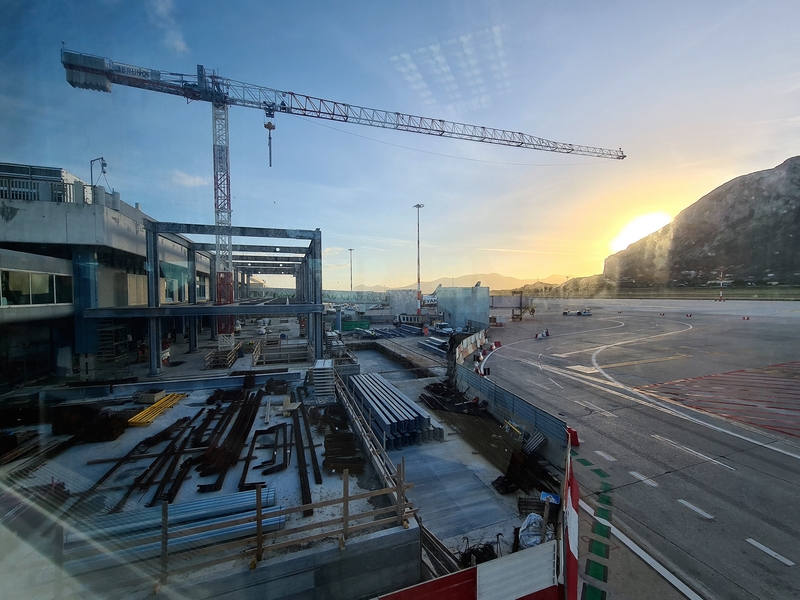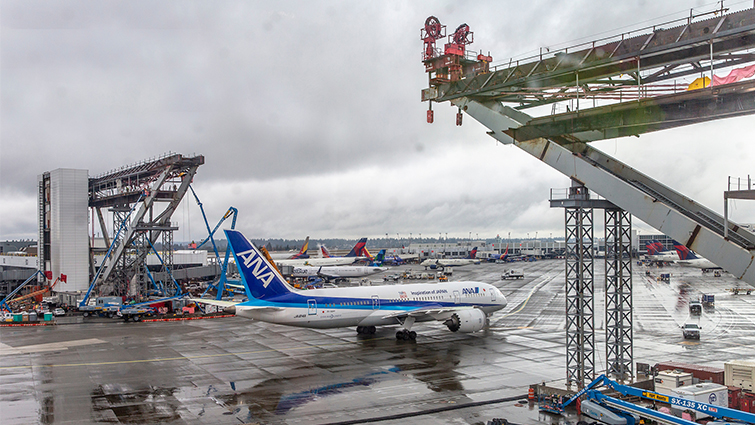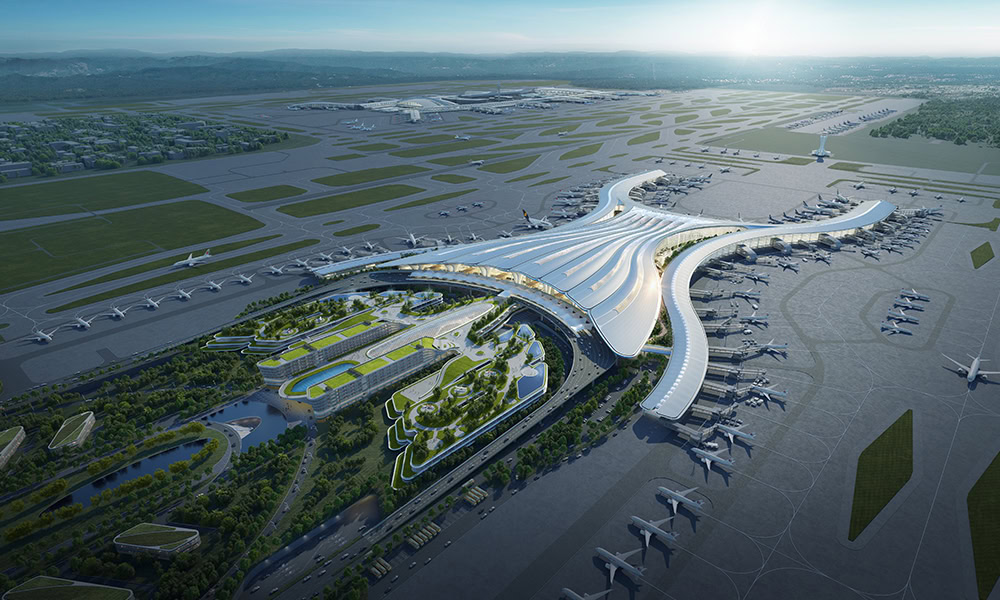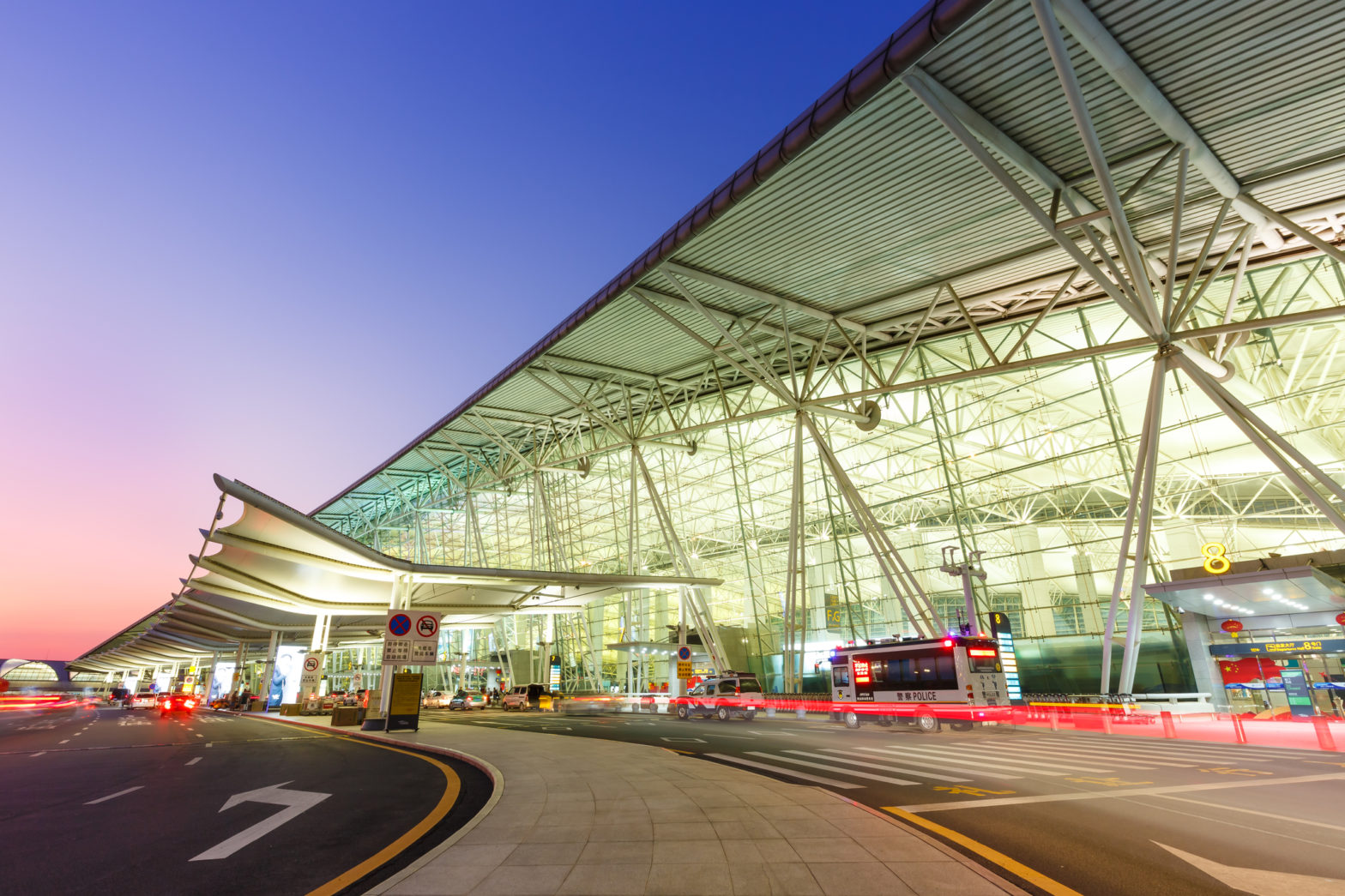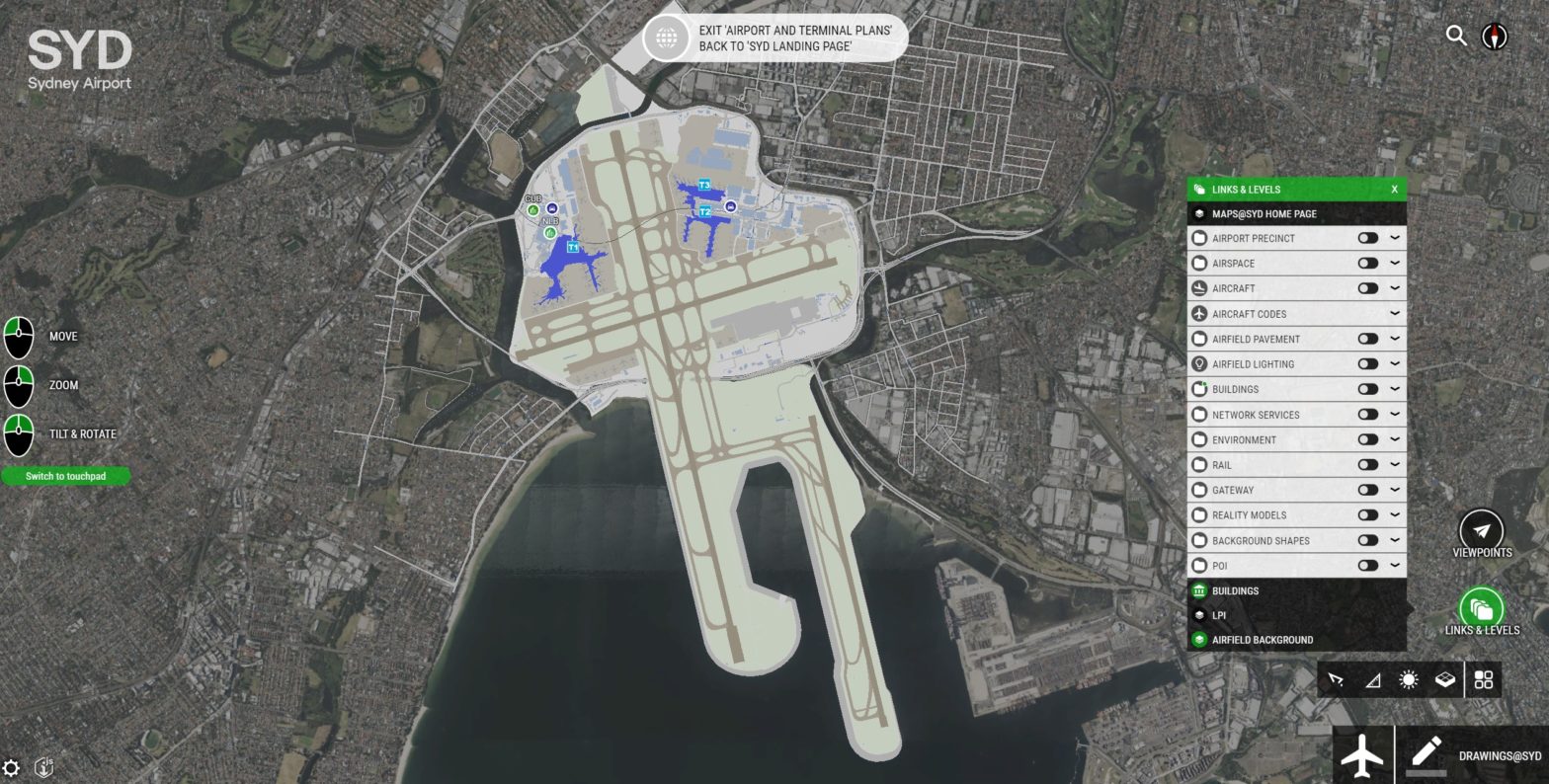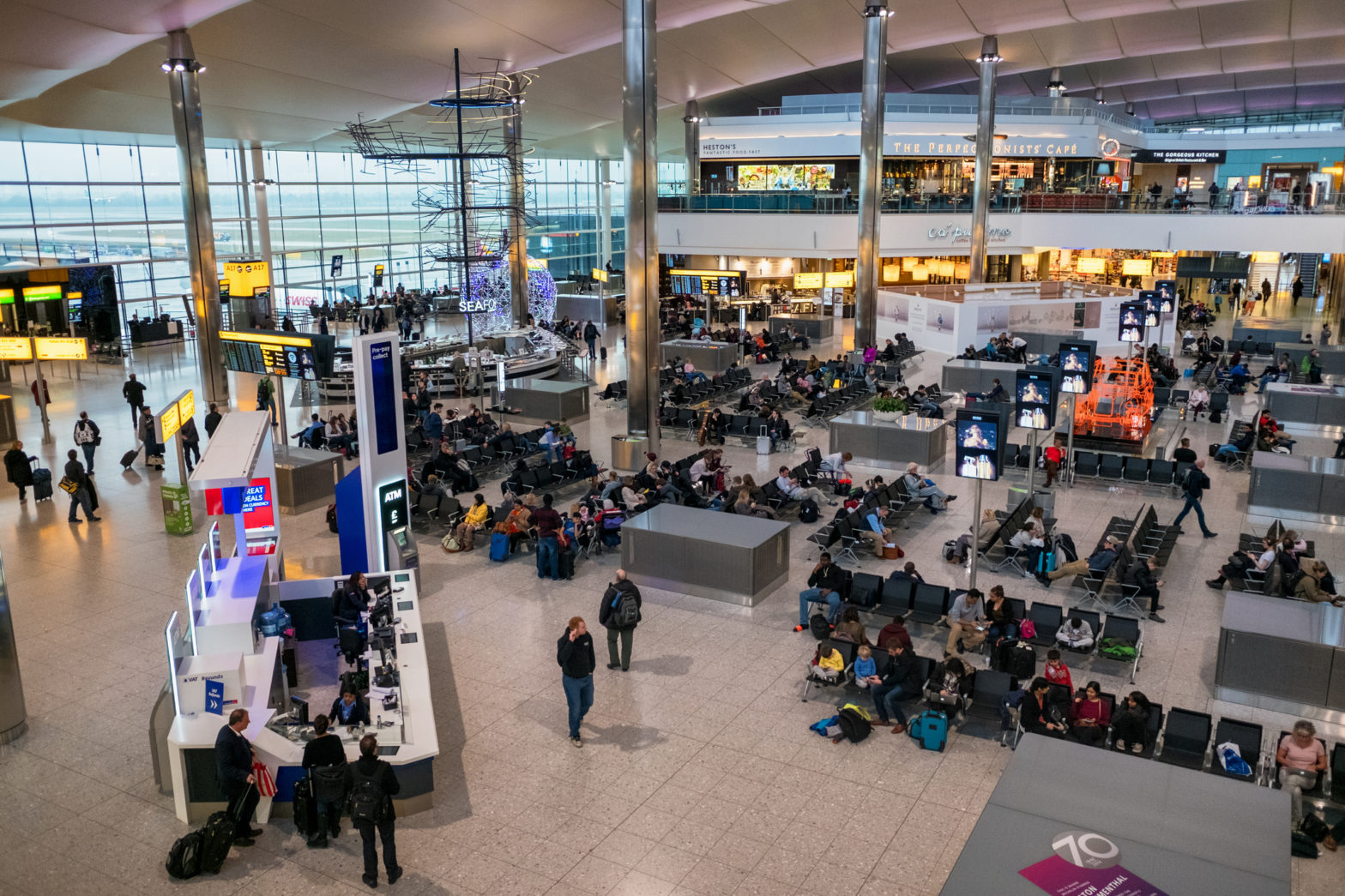
Why airport AI is a strategic advantage
05 May 2025
Heathrow, Toronto, and Sydney airports are leading the way in the global aviation sector’s shift toward predictive operations and data-driven decision-making by investing in AI-powered asset management and digital twin technologies. This transformation is reshaping everything from maintenance to passenger flow.
Air traffic has rebounded and is forecast to grow significantly. Infrastructure is under renewed scrutiny, putting airports under pressure to enhance operational resilience, reduce waste, and deliver seamless journeys. Artificial intelligence (AI) plays a central role in this transformation, enabling smarter maintenance, faster responses, and integrated planning.
“Airports can’t afford to wait for things to go wrong,” says Greg Hoile, Director of Asset Performance Services (Americas) at Bentley. “AI allows us to build a behavioural model of the airport–so leaders can simulate scenarios, plan for them and then respond instantly.”
Heathrow’s data evolution
At London Heathrow, AI and digital transformation are being embedded into the core of infrastructure delivery. The airport has begun a coordinated programme to improve the quality, flow, and accessibility of asset data across teams–ensuring that capital projects don’t just deliver physical assets but also the digital information needed for long-term operational efficiency.
A key focus has been improving the way information is transferred and used during the handover process between project delivery and operations. Rather than treating data as a by-product, Heathrow is putting mechanisms in place to ensure it is accurate, usable, and structured from the outset.
Alongside this, a shift in internal culture is underway. The airport is working to embed a data-first mindset across its organisation–from executive leadership to engineering teams–ensuring everyone understands how accurate asset data underpins performance, safety, and passenger satisfaction.
The approach prioritises incremental wins and alignment with broader strategic goals, recognising that sustainable transformation depends on cross-functional buy-in and long-term governance.
Predictive maintenance as passenger experience strategy
Greg Hoile underscores that predictive maintenance isn’t just about keeping systems running–it’s about delivering on passenger expectations.

“If a lift is out of service, it’s not just a maintenance problem. It can impact a person’s ability to reach their gate on time,” he explains.
To address this, Bentley’s solutions support the creation of AI-driven scenario libraries. These enable airport teams to pre-plan responses to common disruptions–like unplanned outages or weather events–allowing them to act quickly and consistently when incidents occur.
“We can create mitigation plans in advance, stored in a library supported by AI, that gives us different alternatives,” he says. “The ones that meet those criteria can then be put into place very quickly.”
Heathrow and beyond: unlocking the full digital twin
In parallel to its internal changes, Heathrow is also deploying Bentley’s DataConnect integration platform, allowing it to break down silos and apply logic to previously unstructured information. Unlike traditional data aggregation tools, this system identifies how assets interact with operations and user behaviour–unlocking more informed decision-making.
Other airports are moving in similar directions. Toronto Pearson is using AI and digital tools to model how its terminals will handle a near-doubling in passenger volume–from 50 million to 100 million over the next five years. The project is focused on scaling everything from security checkpoints to baggage handling infrastructure–while keeping flow, not just function, at the centre.
In Sydney, a digital twin programme is already underway, giving airport leaders a real-time, visualised overview of how assets, people, and processes interact.
“Digital twins are more than virtual models,” Greg Hoile explains. “They’re management platforms that link real-time performance, historical data, and future planning–all from a single source of truth.”
Operational ROI
Despite the futuristic edge of AI and digital twin technology, many benefits are rooted in fundamental improvements. Inventory optimisation is one such area.
“Airports often stock large quantities of spare parts that sit idle for years. With better predictive maintenance data, that can be reduced dramatically, creating immediate financial and logistics benefits,” Greg Hoile notes.
In other sectors, Bentley clients have seen inventory costs drop by more than 80 percent. For airports, this translates to lower waste, more efficient supply chains, and less administrative overhead.
Preparation, not reaction
Bentley’s scenario modelling tools also provide a way for airport leaders to prepare–not just respond–to disruptions.
Greg Hoile notes that “An airport operations executive and their management staff will need to know which gates to close, which systems need to stay up, and how to redeploy staff. AI scenario libraries make that possible, including how to react either proactively or with the minimum of delay to deliver the optimal customer experience. This will enable customers to keep coming back.”
Heathrow’s wider digital strategy supports this resilience planning. By aligning governance, training, and data tools into a coordinated programme, the airport is working toward a future where decisions can be made faster, with greater confidence, and based on a unified view of reality.
The importance of design
Bentley’s platforms are built with interoperability and security in mind–designed to work across open standards and integrate with third-party systems. From encryption and authentication protocols to secure data exchanges with external vendors, cybersecurity is a foundational element.
“We design them to adapt quickly–because standards, threats, and expectations will change,” Greg Hoile says.
For airport leaders, AI isn’t just a tool for maintenance–it’s a strategic asset that supports everything from capacity growth to crisis management. Heathrow’s digital pivot shows what’s possible when data governance, operational tools, and cultural change align.
“AI is helping airports see around corners,” he concludes. “That’s not just an operations advantage–it’s a strategic one.”
Main image: Valentin M Armianu | Dreamstime.com



